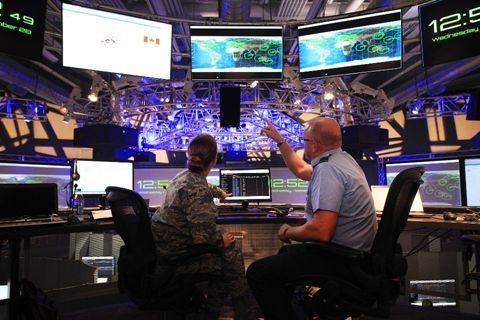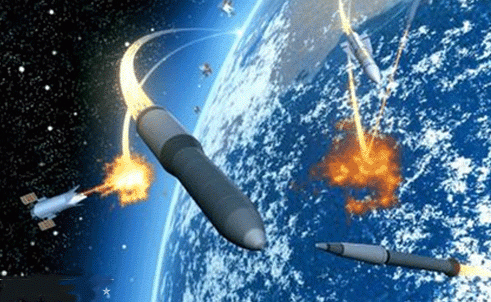Key radar for identifying ICBM threats begins initial fielding: MDA
By Justin Katz, Published by Breaking Defense, 7 December 2021 WASHINGTON: The Missile Defense Agency today announced it had finished construction and started initial fielding on a key radar program that, once operational, will play an integral role in protecting the homeland from ballistic missiles. The Long Range Discrimination Radar,












